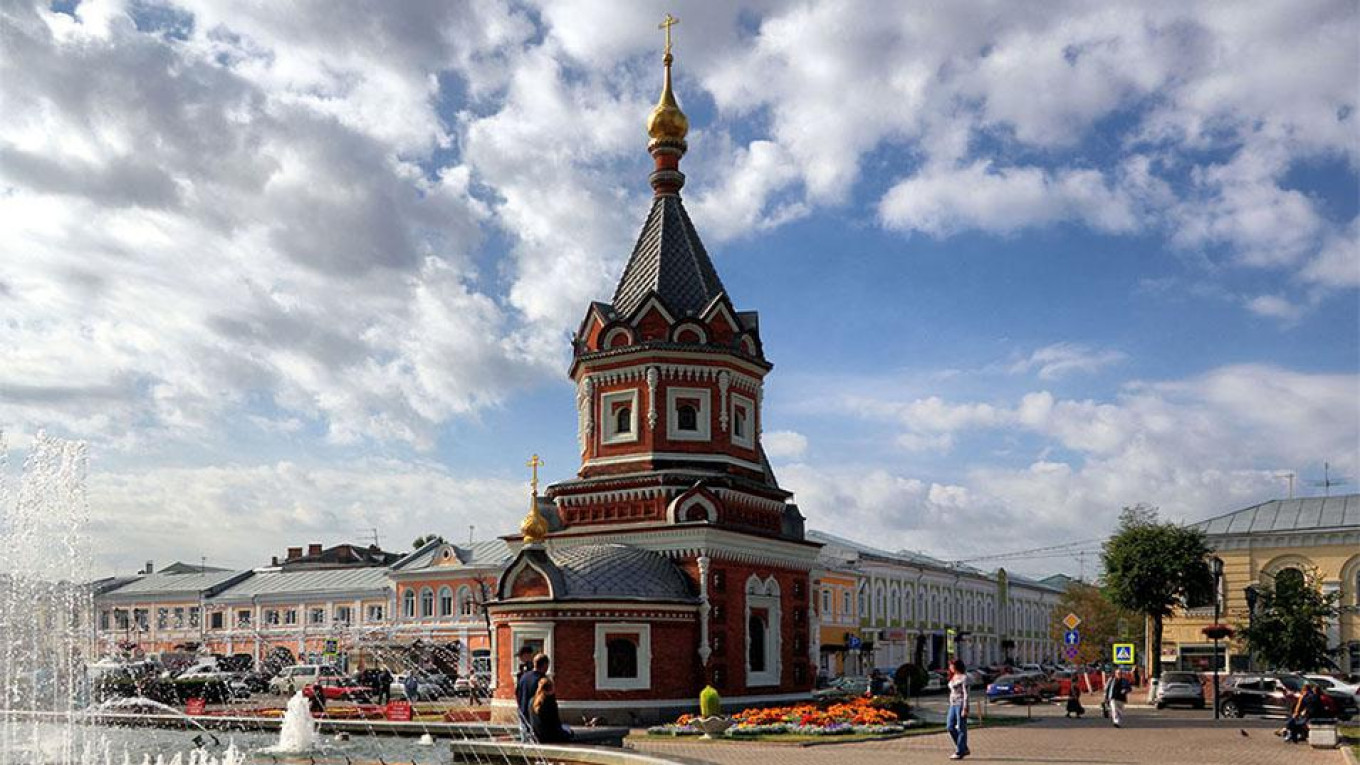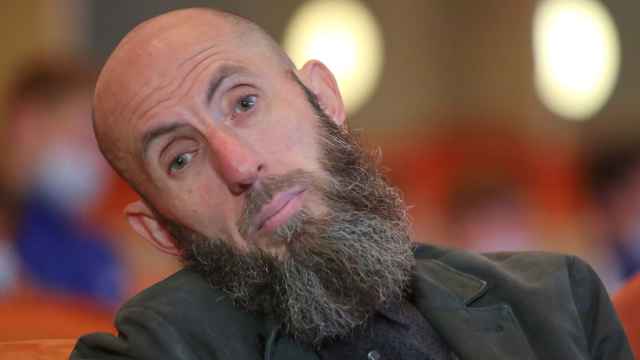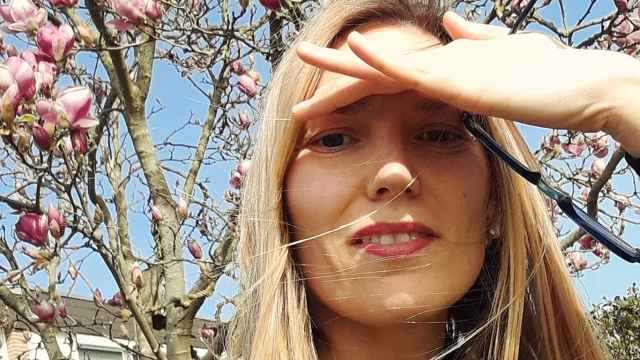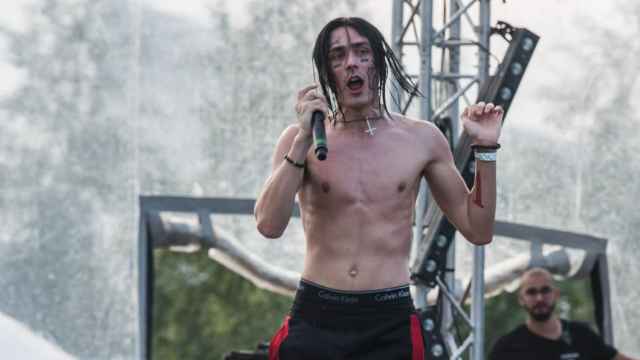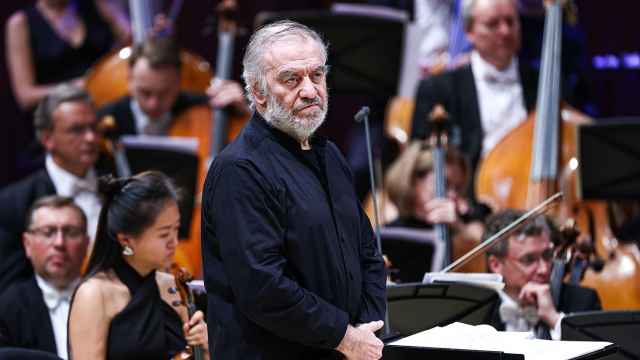Yaroslavl
Jewel of the Golden Ring
With population of more than 600,000 people, Yaroslavl is the largest city on the Golden Ring route. Founded by the legendary Kievan Rus prince Yaroslav the Wise around 1010, it’s also the oldest city on Volga River. The whole historic center of Yaroslavl is listed as a UNESCO World Heritage Site.
The city kremlin used to stand at the confluence (“Strelka” in Russian) of two rivers, the Volga and the Kotorosl, but during the reign of Catherine the Great, the urban plan was redesigned and the kremlin ramparts demolished. A park now occupies most of the Strelka.
Because of its massive fortifications, the 16th century Monastery of the Transfiguration of the Savior is often mistaken for the kremlin. The best views of the center are from its bell tower. The majority of the historic center buildings are from the 17-19th centuries when merchants tried to outdo each other in terms of architecture and decorations.
Be sure to visit the 16th century Monastery of the Transfiguration of the Savior and enjoy the best views of the center from its bell tower. Two other architectural must-sees are two 17th century churches: the Church of Elijah the Prophet and the 15-domed John the Baptist Church in the neighborhood of Tolchkovo.
Yaroslavl is famous for its beer. Check out Pivovar, which resembles a Bavarian biergarten and serves the local beer Durdin (14 Revolyutsionny Proyezd). If you prefer art to beer, there is the Yaroslavl Art Museum, which has an especially fine collection of works by impressionist Konstantin Korovin.
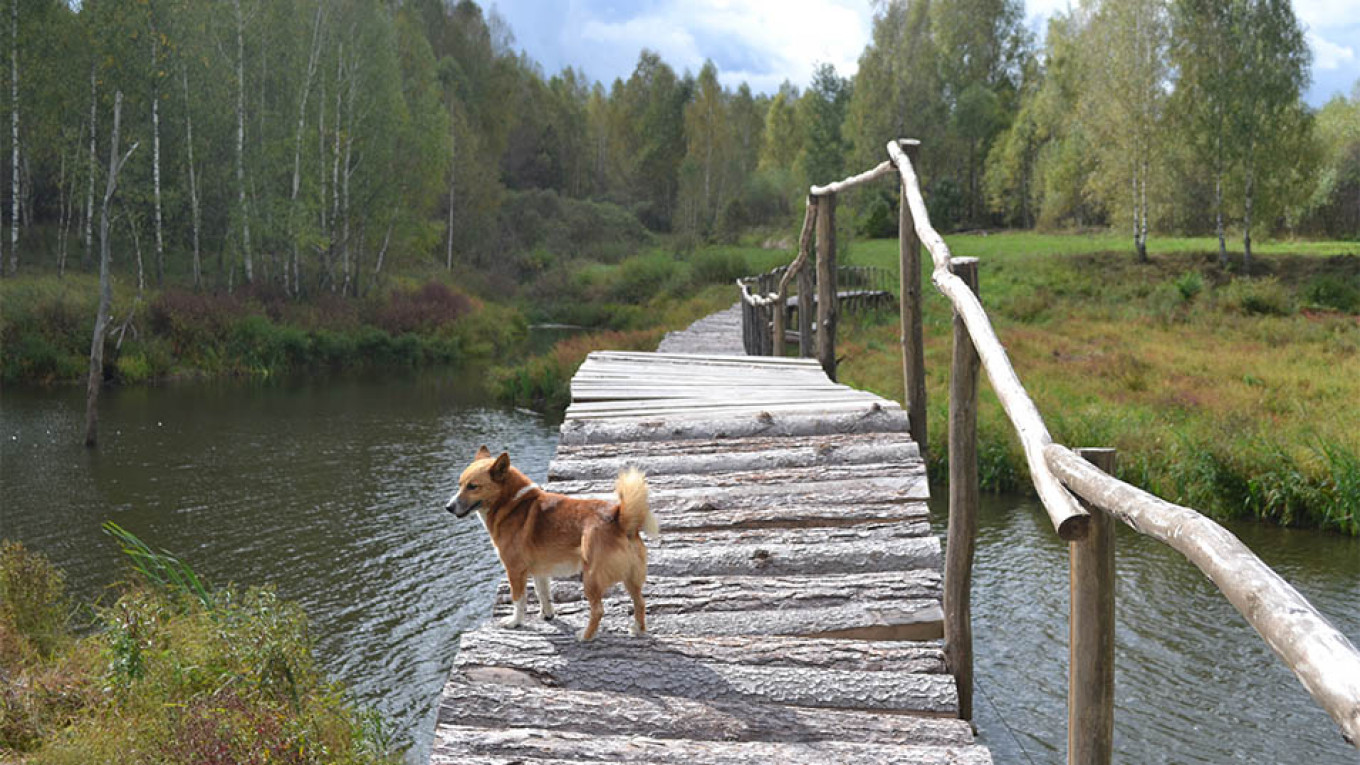
Kaluga
Quiet provincial town
If you are tired of Moscow’s hustle and bustle, get on an express train at Kievsky Station and visit Kaluga, a quaint old town with vibrant artistry, gastronomy and nightlife. Founded in the mid-14th century, it became a major trading city on the Oka River during the reign of Catherine II. In the 20th century Kaluga became a major industrial center while managing to keep its small-town appeal.
Wealthy merchants of the 18th and 19th centuries filled the city with architectural masterpieces, many surviving to this day. Zolotaryov’s mansion now houses the regional history museum, while Bilibin’s mansion is the local fine arts museum. Both buildings have well-preserved interiors and are worth checking out. The city center also has several great examples of wooden architecture.
The recently restored pseudo-gothic market arcade on Stary Torg (Old Market) square is right in the middle of the city. There are plenty of souvenir shops and Gastronom — a great gastropub, offering traditional Russian dishes “with a twist.” On the other side of the square is the city park with Trinity Cathedral, which has one of the largest domes in Russia, as well as an observation deck with views across Oka River. Moskovskaya and Voskresenskaya streets preserve the provincial atmosphere of past centuries and are great to walk around. Don’t pass by Cafe 1554, which has the best coffee and breakfasts in the city (18 Ulitsa Moskovskaya).
Another must-see site is the Space Museum, since the father of Russian space science, Konstantin Tsiolkovsky, was born and lived here. The museum is located in a soviet modernist building with egg-shaped planetarium stuck in the middle.
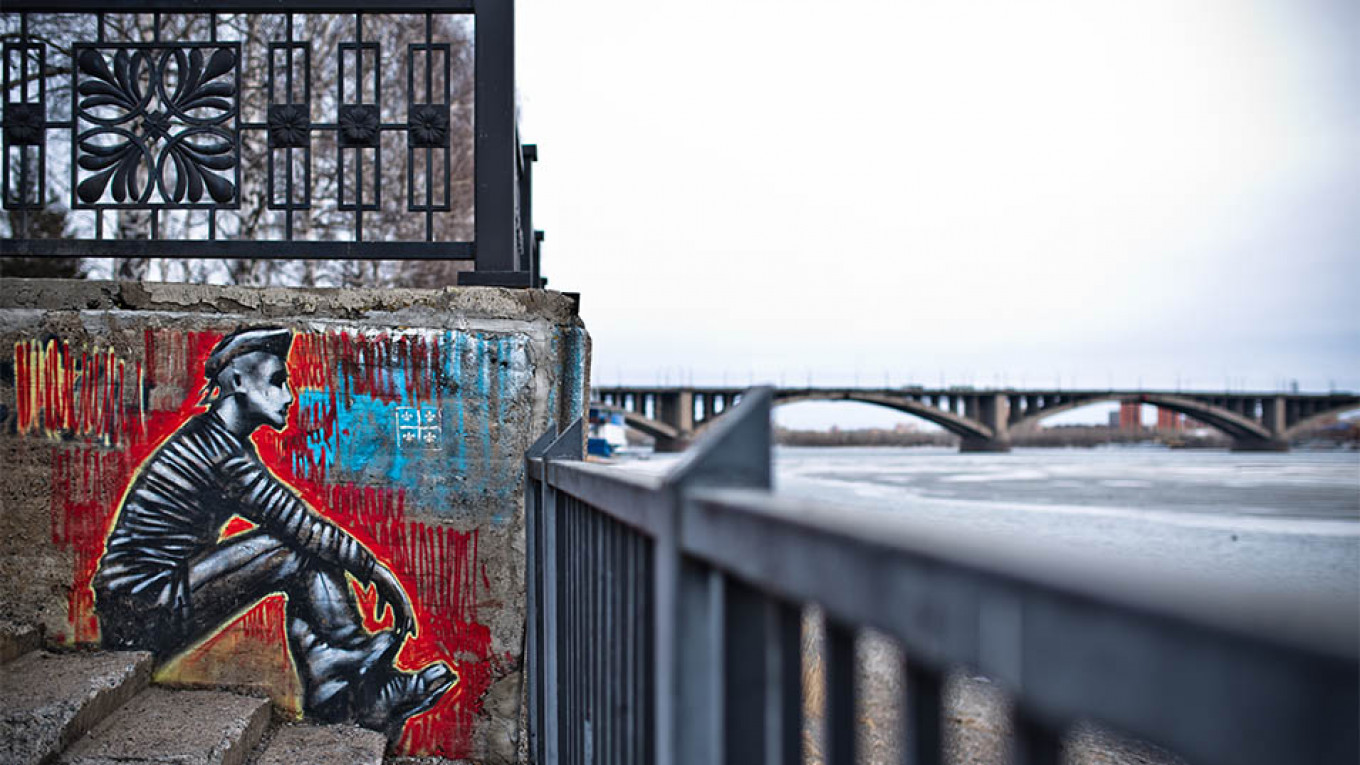
Krasnoyarsk
Siberian capital of contemporary art
Krasnoyarsk is usually considered the capital of Central-Eastern Siberia. Founded in the early 17th century, it gradually grew into a large industrial center. After a rough period in the 1990s, the city has cleaned up nicely, with restored parks, churches and an interesting mix of wooden architecture, art nouveau, constructivism and Soviet modernist buildings. It has also become an important center of contemporary art, with its own biennale.
Painter Vasily Surikov, famous for his large-scale historical paintings, was born in Krasnoyarsk and, of course, there is a street, a square and a museum named after him. Located in a splendid art nouveau mansion, the Surikov Museum has a good collection of local icons, paintings and sketches by the artist. Paraskeva Pyatnitsa
Chapel was built in 1855 in place of a wooden watchtower. Located at the top of the Karaulnaya (Sentinel) hill, it is one of the main symbols of the city with great views of the city center.
If you are interested in culinary tourism, try Siberian specialties and great cocktails at Bulgakov restaurant (12 Ulitsa Surikova). If you have time, go to the outskirts of the city on the right bank of Yenisei to check out nature reserve “Stolby” (Pillars). The name comes from the finger-shaped cliffs of volcanic origin.
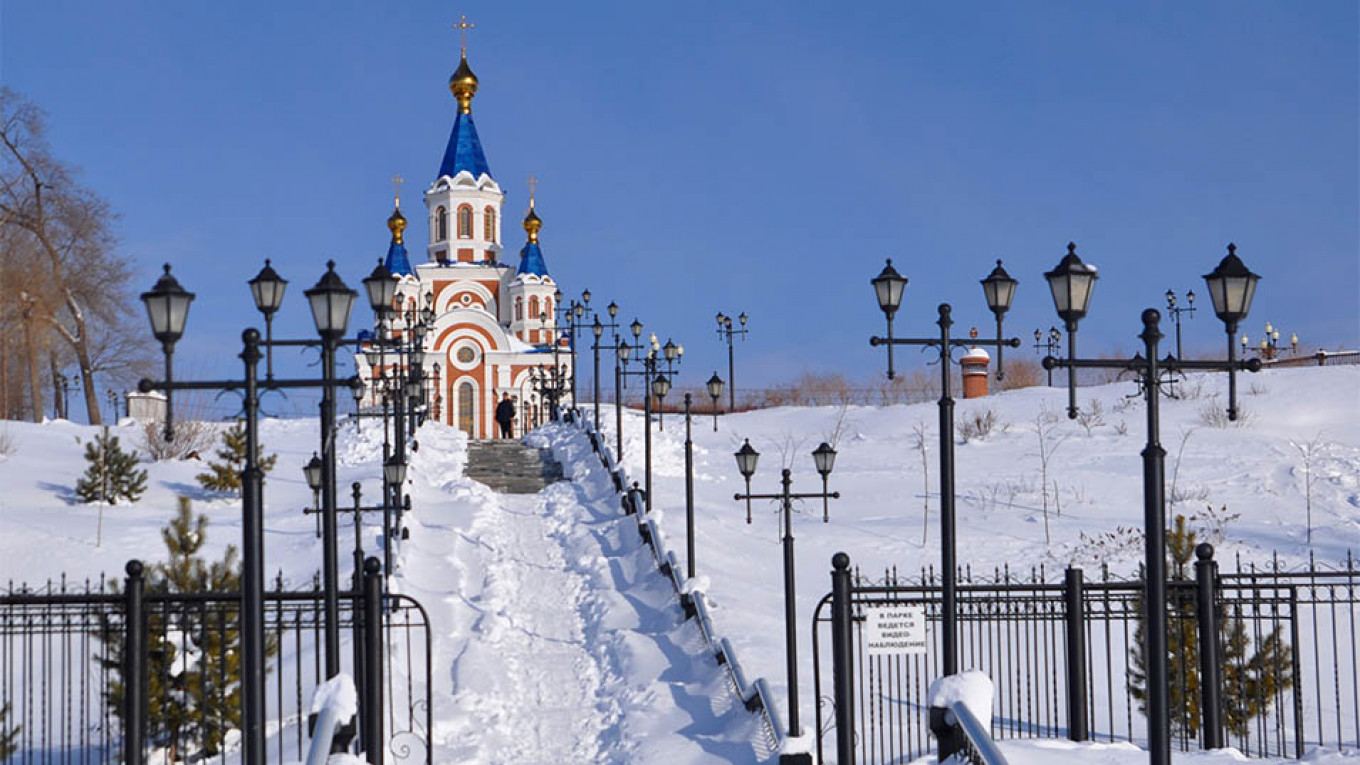
Khabarovsk
The Real Far East
Khabarovsk is Russia’s most far-eastern outpost, just 30 kilometers from China. In fact, the area was controlled by China until 1858, when it was ceded to Russia. Named after one of the first explorers of the Amur River region, Yerofei Khabarov, the town was founded as a military outpost, but quickly grew into a major industrial center.
The city center is set snugly along the curve of the Amur River. Both the main street and park are named after Nikolai Muravyov-Amursky, the statesman and diplomat responsible for founding Khabarovsk.
Ulitsa Muravyova-Amurskogo is lined with beautiful buildings designed in every style imaginable. Don’t miss the Far Eastern Library (#1), which combines regular red and grey Manchurian brick in what became a local style, and the art nouveau building (#5) that used to belong to a Japanese businessman.
For street art, go to Park Dinamo. Learn about Far Eastern history at the Khabarovsk Territorial Museum, and check out local art at the Fedotov Gallery. There are plenty of good Chinese, Japanese and Korean restaurants all over the city, but if you are looking for excellent coffee and baked goods, go to Muskatny Kit (82 Ulitsa Kalinina).
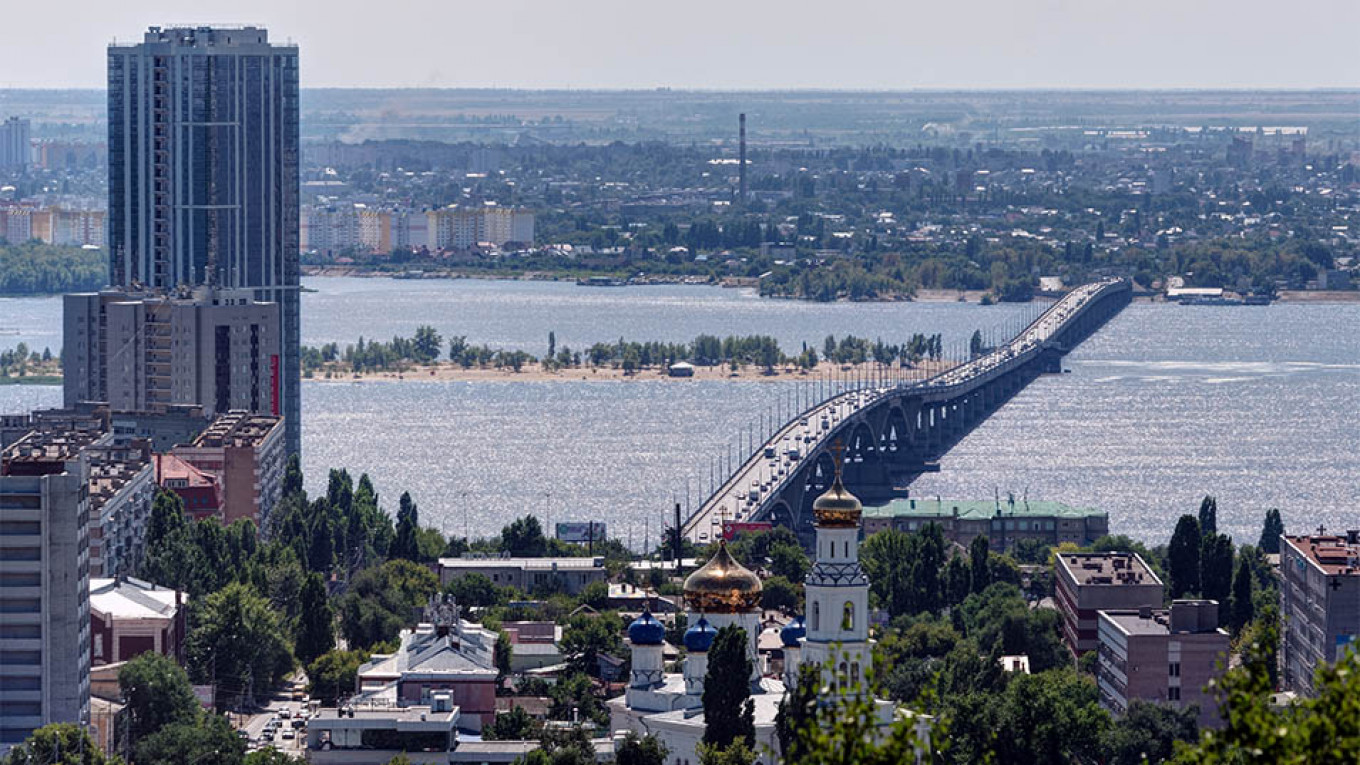
Saratov
Volga River resort
Saratov was founded in 1590 near the spot formerly occupied by Uvek, a major Golden Horde city. In the 18th and 19th centuries Saratov became an important shipping port and the center of the Volga German population; it then became a “closed city” during the Soviet period due to its military importance.
The pedestrian street Prospekt Kirova runs through the center of the city with all the main sights clustered around it. Don’t miss the beautiful Reineke mansion (now a hospital) designed by art nouveau architect Fyodor Schekhtel, whose parents were Volga Germans. Walk around the Lipki (Linden trees) and catch a concert at the pseudo-gothic Conservatory. Get your caffeine fix at Coffee 3 (34 Ulitsa Nekrasova) or Trista Barista (15 Ulitsa Kirova).
The Radishchev Museum is one of the first public museums in Russia with a fine collection of 19th century Russian art and interesting temporary exhibitions. Take a walk along the Volga embankment or sit at one of the many cafes facing the river. In the summer, take a boat trip to one of the islands or enjoy the sun at one of the city beaches.
A Message from The Moscow Times:
Dear readers,
We are facing unprecedented challenges. Russia's Prosecutor General's Office has designated The Moscow Times as an "undesirable" organization, criminalizing our work and putting our staff at risk of prosecution. This follows our earlier unjust labeling as a "foreign agent."
These actions are direct attempts to silence independent journalism in Russia. The authorities claim our work "discredits the decisions of the Russian leadership." We see things differently: we strive to provide accurate, unbiased reporting on Russia.
We, the journalists of The Moscow Times, refuse to be silenced. But to continue our work, we need your help.
Your support, no matter how small, makes a world of difference. If you can, please support us monthly starting from just $2. It's quick to set up, and every contribution makes a significant impact.
By supporting The Moscow Times, you're defending open, independent journalism in the face of repression. Thank you for standing with us.
Remind me later.


